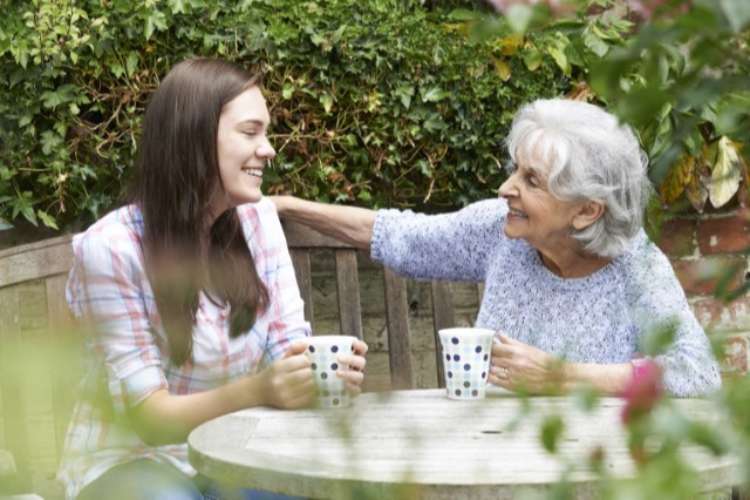
Postgraduate researcher Marcus Sorensen describes his citizen science collaboration with the University of the Third Age.
Research partner: University of the Third Age Canterbury
My research focuses on embodied cognition: the way in which the body’s experience influences our thoughts.
The theory of embodied cognition provides an avenue to understanding how we are able to perceive the emotions of other people: through mimicry (copying their expressions, even imperceptibly) and interoception (the ability to sense our inner experience, including the expression on our face). In other words, if we copy another person’s facial expression and can then make sense of what our own face is doing, then we can in theory get an idea of what the other person is feeling.
I am specifically concerned with investigating the changes in interoceptive ability across the lifespan to understand how and why the ability to correctly identify other people’s facial expressions of emotion declines in older adults.
The collaboration with U3A
Through close collaboration with the University of the Third Age (U3A), I have been comparing younger and older adults’ abilities in order to identify what aspect of embodied cognition might be at the root of the decline, and how it might be possible to counteract it. U3A was able to help recruit suitable research participants between 60 and 80 years of age from their membership, to the tune of 30 or more per study. In return, I took on and trained several research assistants from U3A for each individual laboratory study. This gave them the chance to experience how research in the social sciences is conducted, to develop new practical skills — such as conducting surveys, performing vision tests and handling electrodes! — and to meet new people from the 1000+ U3A membership in the Canterbury area.
A second part of the arrangement with U3A was that I give an evening seminar on the topic of my research. This was a well-attended evening with over 30 guests who, over two hours, were treated to a range of demonstrations and self-explorations among the more formal parts of the lecture on embodied cognition. From the feedback received, this was an enjoyable experience for the U3A guests, who hopefully gleaned something useful from it about the way their own bodies and brains work, and what to do to enhance their function over the years.
How citizen science helped
Having the opportunity to contact the wide membership of U3A Canterbury allowed for much swifter participant recruitment than advertising in local venues. The support of U3A research assistants in the lab also proved extremely useful. They helped to ensure that the experiments ran smoothly and on time, with more hands on deck to handle the practicalities of getting participants in and out of rooms, providing the prerequisite tea and biscuits, setting up new rounds of equipment and disposable supplies, and providing company during the long hours of watching small coloured lines moving on a screen in sync with participants’ experiences in the adjoining room.
Importantly, the U3A assistants also helped to lend an air of welcome and friendliness to what might otherwise appear a more clinical environment, and I often noticed their peers relaxing when greeted by a contemporary. Since all the research assistants had already participated in the studies themselves, they were also able to vouch for their safety and minimal levels of discomfort. Some assistants and participants were so interested in the study that they started recruiting spouses and friends to come and take part as well!
Key research findings
The first study involved eye tracking to see where younger and older adults preferentially look at emotional faces. It showed that older adults spend much less time than younger adults looking at the eyes and more looking at the mouth or around the head. As expected, the older adults’ scores on recognising emotions were lower.
The data from the second study, which involved measuring stress responses and the extent to which our facial muscles mimic emotional faces we see, is still under analysis. However, preliminary processing shows that older adults are better at recognising the emotion on a face when they take a moment to copy it with their own face first. This could provide a strategy (perhaps not so subtle!) to ascertain what other people are feeling and intending in social interactions when there might otherwise be some confusion about it.
Further information
More about Marcus Sorensen
Learn more about the topic by watching Marcus’s online seminar on neuroscience and body mind.